NVIDIA Shield Android TV for you living room
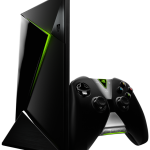 NVIDIA are entering your living room based on the idea of the NVIDIA Shield mobile gaming device. A full on centrepiece for your living room called NVIDIA Shield Android TV. It’s the world’s first dedicated Android TV console. Using “Grid,” a technology platform NVIDIA developed to access a big computer in the cloud to stream games, NVIDIA are pushing this as the “Netflix for gaming”. This isn’t entirely revolutionary, Onlive had a go some years ago and Playstation is testing a similar, is expensive, subscription platform for the PlayStation 4.
NVIDIA are entering your living room based on the idea of the NVIDIA Shield mobile gaming device. A full on centrepiece for your living room called NVIDIA Shield Android TV. It’s the world’s first dedicated Android TV console. Using “Grid,” a technology platform NVIDIA developed to access a big computer in the cloud to stream games, NVIDIA are pushing this as the “Netflix for gaming”. This isn’t entirely revolutionary, Onlive had a go some years ago and Playstation is testing a similar, is expensive, subscription platform for the PlayStation 4.
NVIDIA Shield Android TV console will go on sale in the States in May for $199. A bundle will include the console, one controller, and access to all of your Google Play Store content with optional accessories for purchase including gaming controllers, remote control for the TV, and a stand to make the NVIDIA Shield stand vertically.
Specs wise, the is a bit of a best, and for the money it looks a lot more capable then the Xbox One or PS4. 4K output is going to be a real head turner and built on the latest Tegra X1 processor will provide the juice. It is important to note that this is a streaming device, so no local rendering will happen on the console, this all takes place on the Grid.
NVIDIA Shield Specs:
NVIDIA Tegra X1 processor
256-core Maxwell GPU
3GB RAM
4K Ultra-HD Ready with 4K playback and capture up to 60 fps
7.1 and 5.1 surround sound pass through over HDMI
16GB Storage
Ethernet
Bluetooth 4.1/BLE
HDMI 2.0
Two USB 3.0 ports
Micro-USB 2.0
MicroSD slot
IR Receiver
Weight – 23oz / 654g
Height: 5.1in / 130mm
Width: 8.3in / 210mm
Depth: 1.0in / 25mm
Press release follows:
NVIDIA Launches Its First Living-Room Entertainment Device
New SHIELD Android TV Console Brings 4K Entertainment to Every Home –
Harnessing Tegra X1, Android TV OS and GRID Game-Streaming ServiceSAN FRANCISCO—Game Developers Conference—March 3, 2015—NVIDIA today introduced NVIDIA® SHIELD™, the world’s first Android™ TV console, which delivers video, music, apps and amazing games to the home.
Built on Android TV, SHIELD can play top-quality 4K video content, includes one-click access to Google Voice Search and provides the richness of Android’s app ecosystem.
SHIELD is a sleek device that comes loaded with cutting-edge NVIDIA technologies, including the recently launched NVIDIA® Tegra® X1 processor.
SHIELD is also the gateway to the NVIDIA GRID™ game-streaming service. Powered by GeForce® GTX™ supercomputers in the cloud, GRID delivers an on-demand “Netflix for games” experience at up to 1080p resolution at 60 frames per second.
“SHIELD will change the way we enjoy digital entertainment at home,” said Jen-Hsun Huang, president and CEO of NVIDIA. “It’s an incredibly powerful, efficient and advanced living room entertainment device. It’s the best Android TV experience. And it can transform into a serious gaming machine. It’s made to game.”
Made to Game
SHIELD – sold with the SHIELD controller made for serious gaming – is a single platform with access to a wealth of great games.First, 50+ Android titles optimized for SHIELD will be available for download, including AAA titles like Crysis 3, Doom 3®: BFG Edition™ and Borderlands: TPS. These can be played at blistering speed, thanks to SHIELD’s Tegra X1 processor, with its 256-core Maxwell™ architecture GPU and 64-bit CPU.
Second, favorite AAA titles, including console games, can be streamed using the GRID on-demand game-streaming service. GRID will include with its subscription price access to 50 titles, such as Batman: Arkham Origins, GRID 2 and Metro: Last Light Redux, with additional titles added each week.
Third, the GRID service can be used to purchase and stream new release AAA titles – including Batman: Arkham Knight and The Witcher 3: Wild Hunt coming later this year.
Broad Developer Support
Some of the world’s leading game developers and publishers have embraced SHIELD and the GRID service.“The incredible processing power of Tegra X1 enables us to bring Doom 3: BFG to Android and we’re excited by the possibilities that GRID is bringing to gaming.”
– Tim Willits, studio director, id Software“Tegra X1’s enormous processing capabilities running on Android TV gives us access to a much broader audience, and we’re delighted to partner with NVIDIA to explore a variety of exciting possibilities for SHIELD, including the remastering of the survival horror classic, Resident Evil 5.”
– Jun Takeuchi, managing corporate officer, CAPCOM“SHIELD is definitely made to game and thanks to Tegra X1 we have The Witcher: Battle Arena playing natively on SHIELD. With GRID, we’ll be able to bring new hit games to fans immediately.”
– Benjamin Lee, The Witcher: Battle Arena lead producer, CDPROJEKTPricing and Availability
SHIELD will be available in May, starting at $199 with a controller. Optional accessories include additional controllers, a remote control and a stand enabling the device to stand vertically.SHIELD is the central member of the SHIELD family of devices, complementing the SHIELD tablet, the ultimate tablet for gamers; and the SHIELD portable, the ultimate portable gaming device. More information is available at http://shield.nvidia.com.


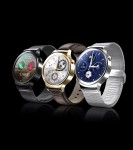
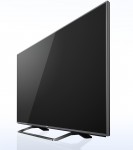

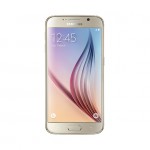
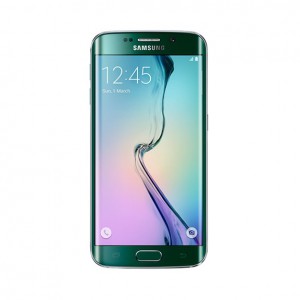
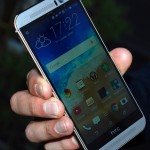
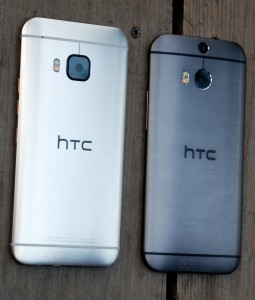
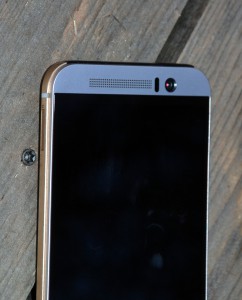
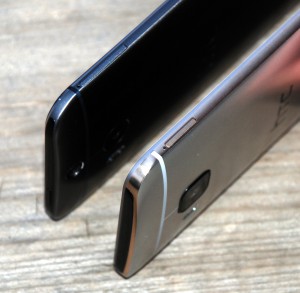
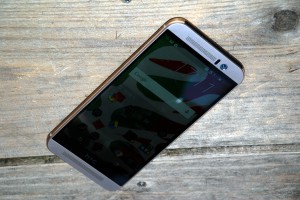
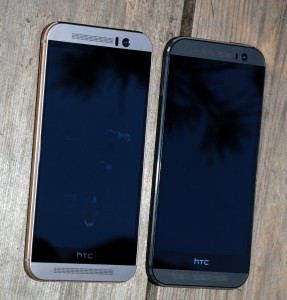
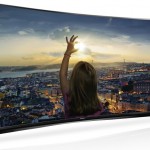
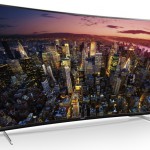
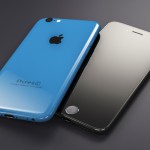

Connect
Connect with us on the following social media platforms.